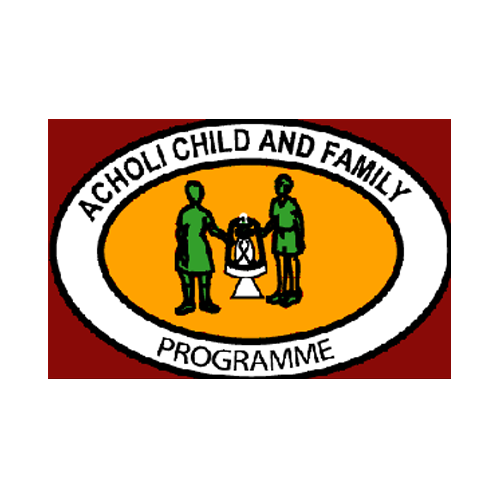Ainembabazi Brenda was on duty. She is the only midwife attached to this rural health centre in Ntoroko district, western Uganda. With support from a comprehensive nurse and sometimes volunteer midwives, Brenda is in charge of maternal and newborn health services.
She quickly identified a case of “cord prolapse”, a labour complication where the umbilical cord of the baby presents before the baby’s head.
“Cord prolapse presents a great danger to the baby,” says Brenda, “since there can be a cut off of oxygen supply to the baby if this is not handled skillfully and immediately.”
In such a setting the mother is supposed to be quickly referred to a health centre with Comprehensive Emergency Obstetric Newborn Care services, where a C-section can be performed to save the baby.
But in remote rural areas that cannot always be done quickly. At Rwebisengo there is no motor vehicle ambulance, so the main means of transport for referral is a motorcycle ambulance or on the back of a commercial motorcycle. There is a bigger health centre at Karugutu 38 kms away and a regional hospital at Fort Portal 70 kms away, but a motorcycle journey to either referral centre can be slow and dangerous in such a critical condition. An ambulance can be sent from Karugutu but can take too time in an emergency and may require the patient’s family to contribute funds for fuel.
“Given the challenges with emergency transportation, referral would be risky,” says Brenda.
Brenda has worked at the health centre for three years and received various training and mentorship from Save the Children to enhance her skills on maternal and newborn care. “I’ve received training in Helping Babies Breathe, delivery skills, Focused Antenatal Care, eMTCT (Elimination of Mother-to-child transmission) and Community Newborn Care, among others,” she says.
According to Brenda, this training proved life-saving.
“With the skills attained in the delivery care training and mentorships, I put the mother in the knee-chest position to relieve the pressure on the cord,” she explains.


Trackbacks/Pingbacks